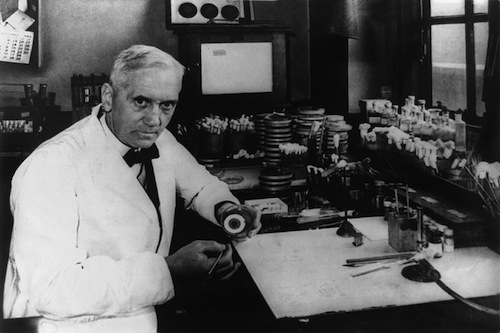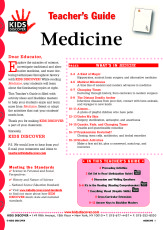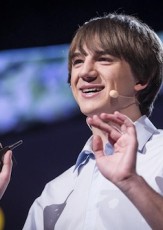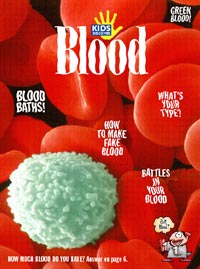The first name for penicillin was “mould juice.” Scottish bacteriologist Alexander Fleming accidentally discovered the antibiotic in 1928, when he came back from a vacation and found that a green mold called Pennicilium notatum had contaminated Petri dishes in his lab … and were killing some of the bacteria he’d been growing.
So he isolated the mold, grew more of it, and then experimented to see how many other bacteria it could kill. Lots of them, it turned out. We now know that penicillin works by preventing bacteria from forming new cell walls. No new walls, no new cells, no new bacterial growth.
If you lived back then, almost a century ago, you could die from a scratch if it got infected. Or a dental procedure. Or a deep cut. Or any of the many, many things that can happen, whether you’re working in the backyard, making dinner, or fighting in battle.
And that’s partly why Fleming was so keen on finding a way to control infections. As a captain in the Royal Medical Corps during World War I, he’d worked in battlefield hospitals in France, where soldiers died from infected wounds. So he made it his goal to find antibacterial substances.
When he did find P. notatum, he didn’t formally name it penicillin until March 7, 1929. He wasn’t able to produce enough to help all the people who needed it, but he did publish his research.
In 1938, Oxford Pathologist Howard Florey discovered Fleming’s research and expanded on it, working with a biochemist named Ernst Boris Chain, who had fled Germany. British biochemist Norman Heatley further developed the work, vigorously growing and purifying penicillin.
After much research and experimentation — as well as a trip to the United States, where Florey and Heatley worked with American scientists — an injectable, mass-produced form of penicillin was ready by 1942. That was just in time to help soldiers wounded in World War II.
The numbers prove the point: Bacterial pneumonia killed 18 percent of fallen soldiers in WWI, but in WWII it killed less than 1 percent of soldiers. Penicillin went on to change the way we treat illness and wounds … and it all started with “mould juice”!





